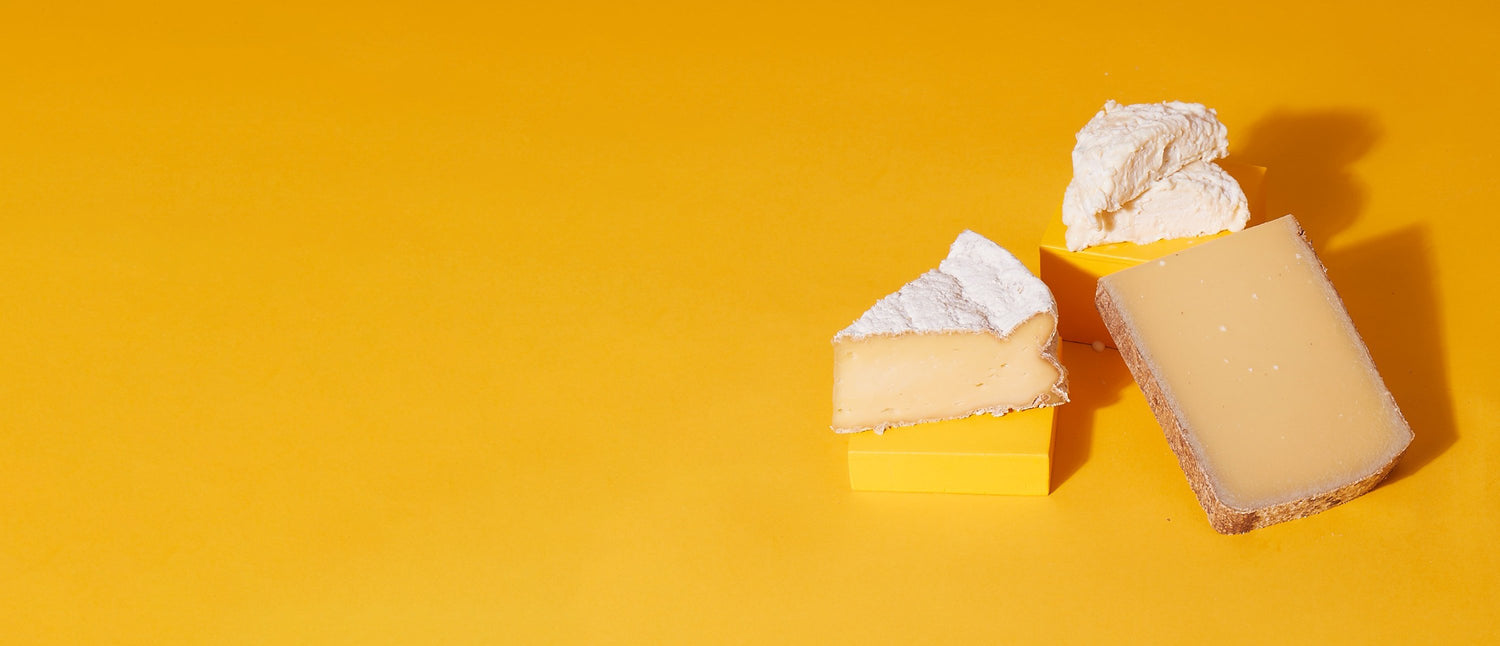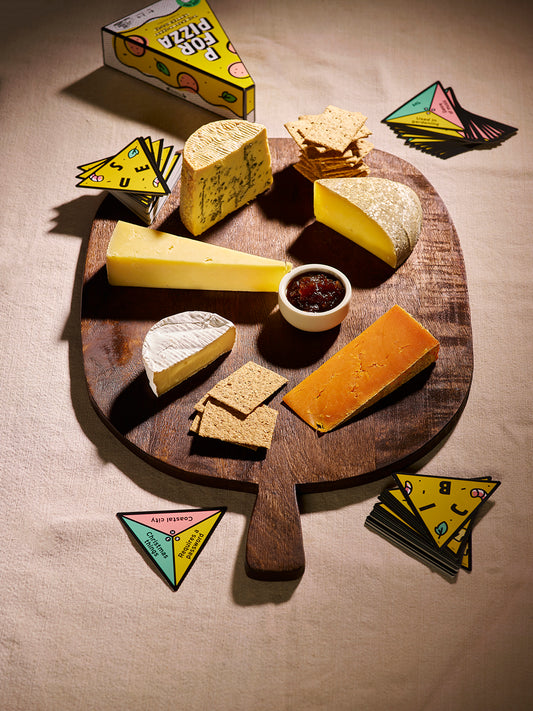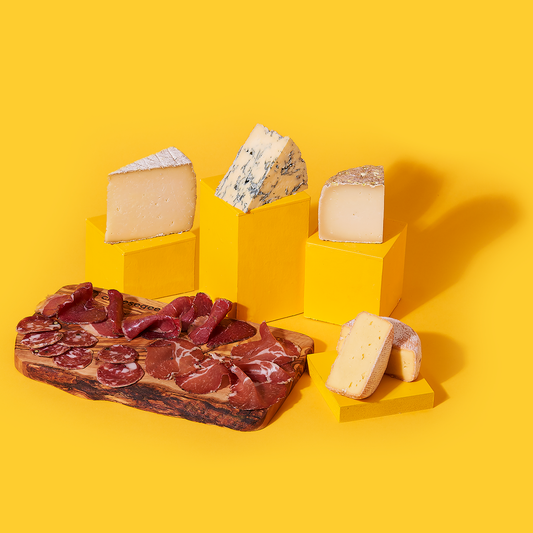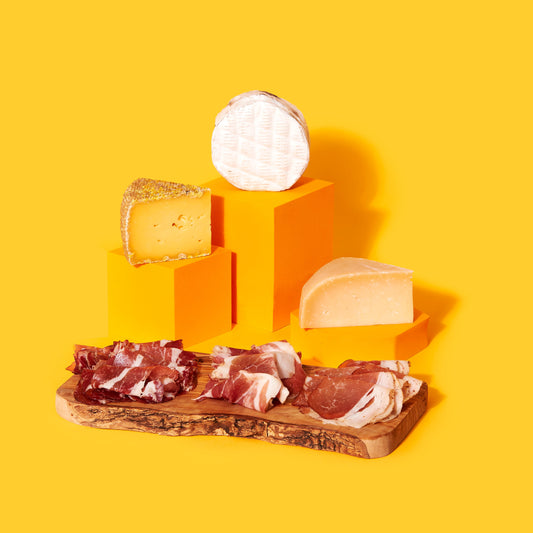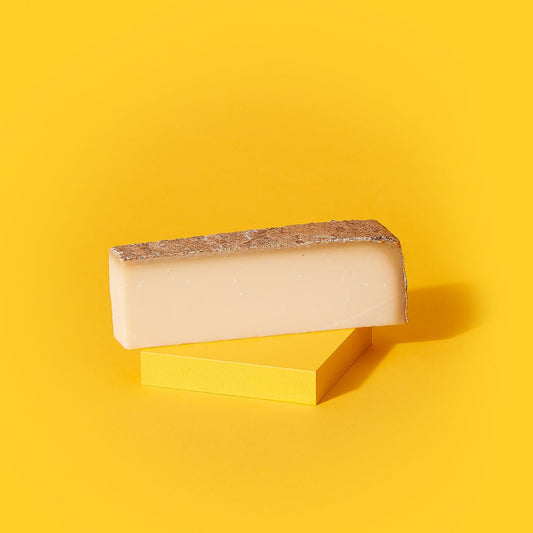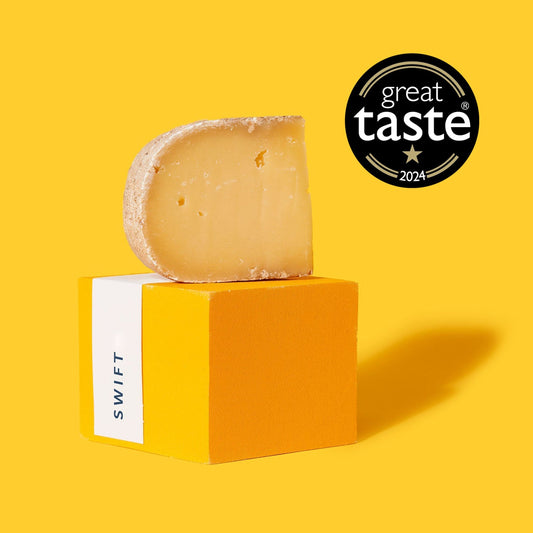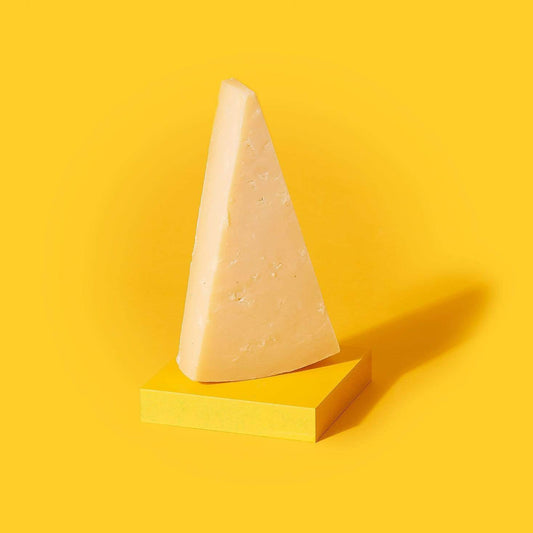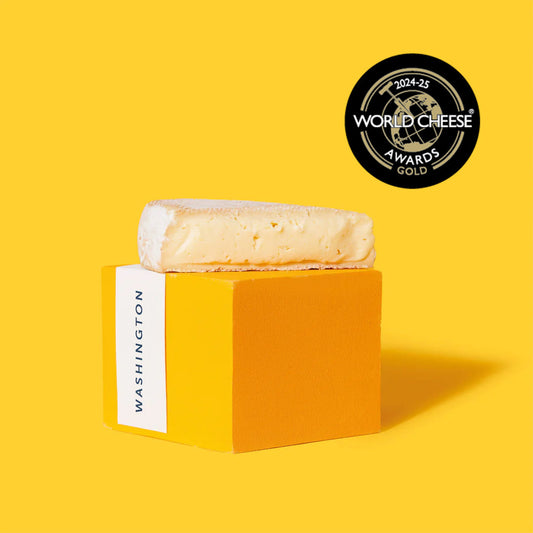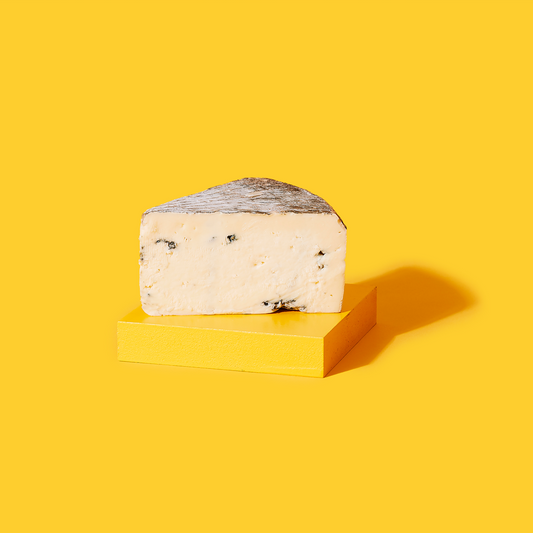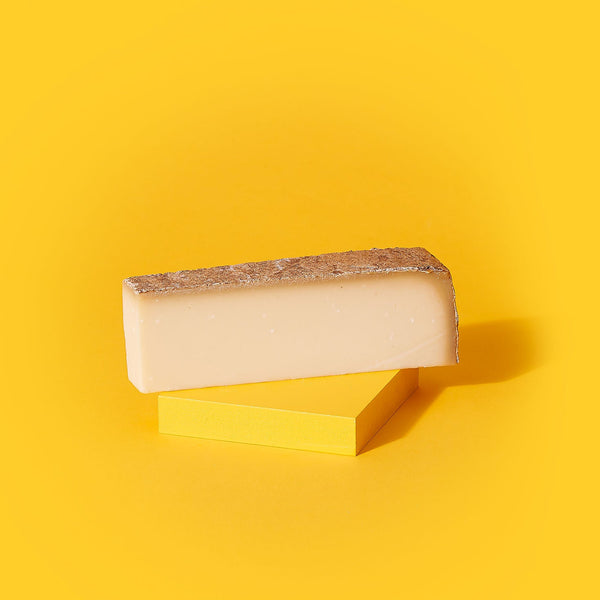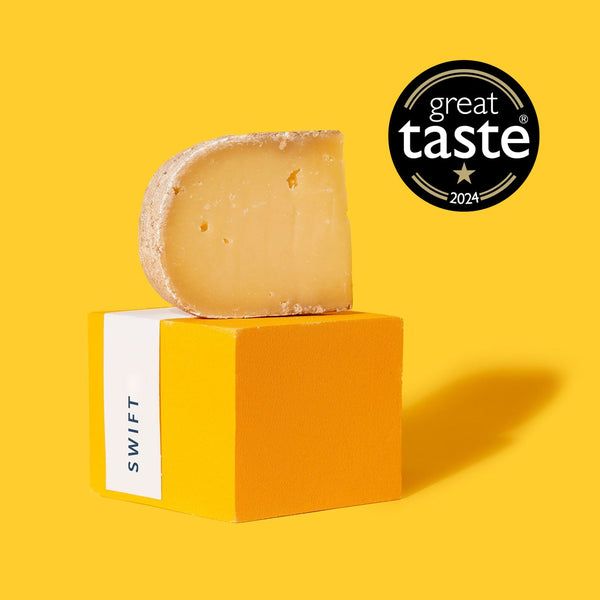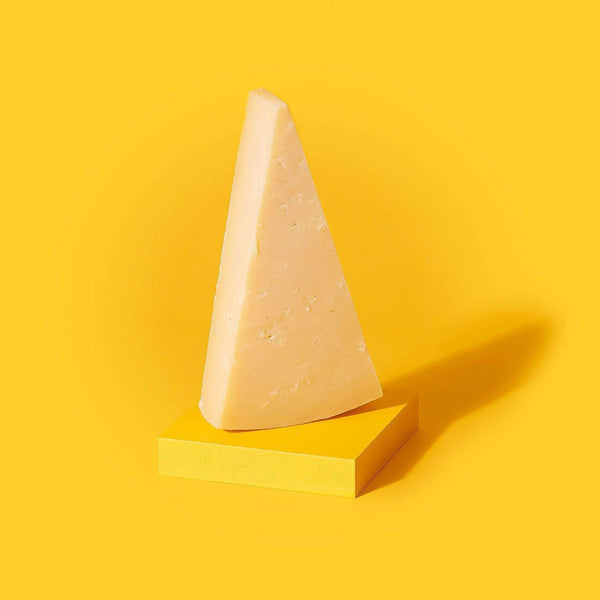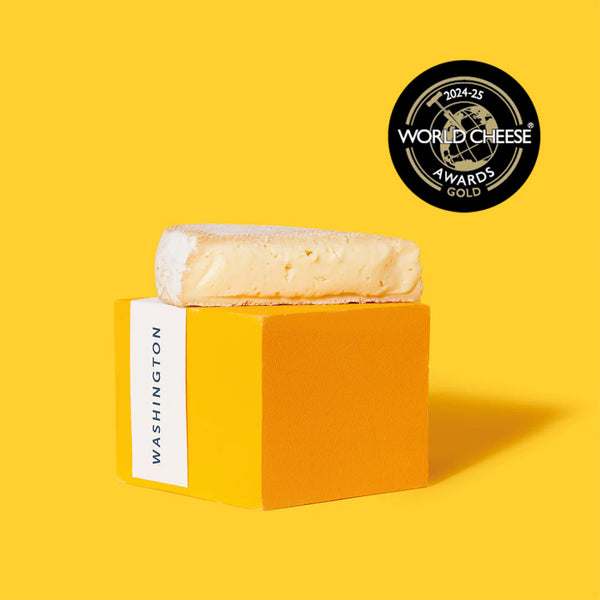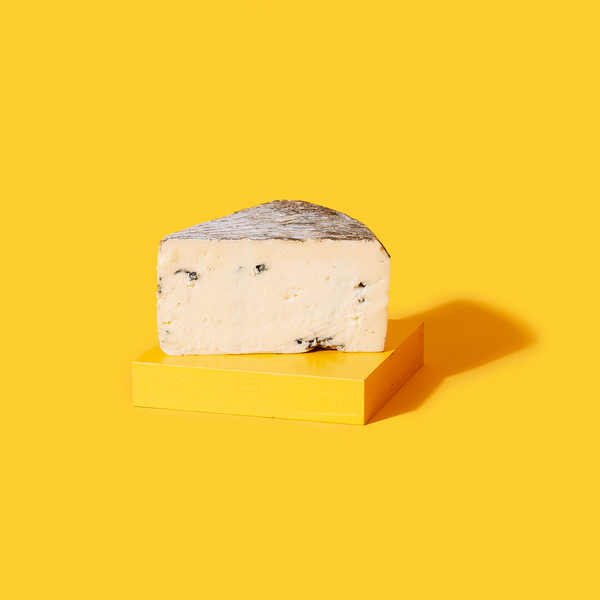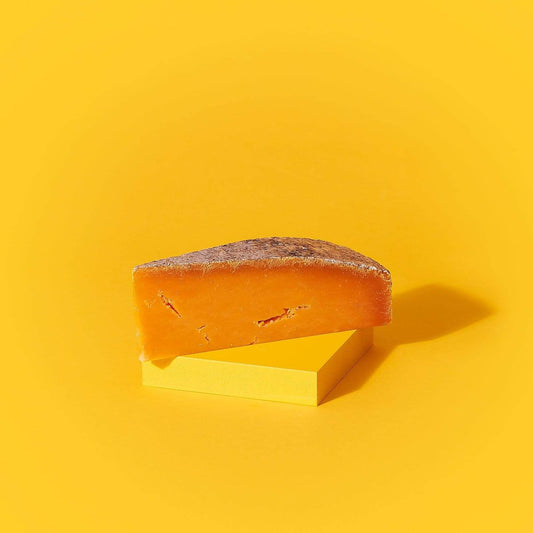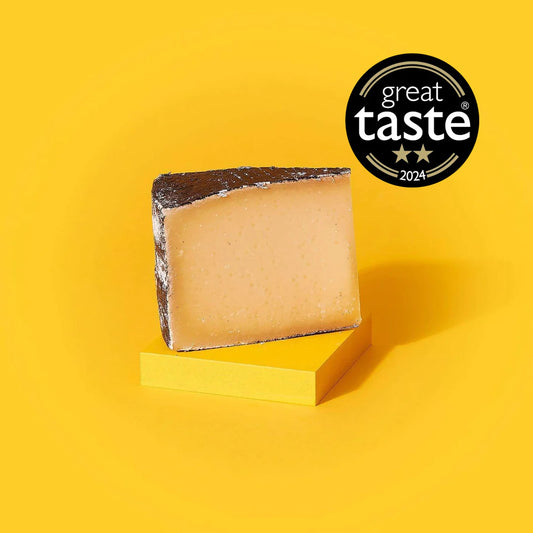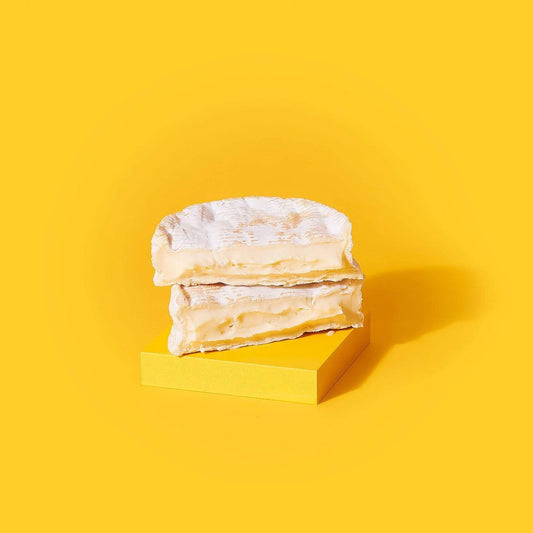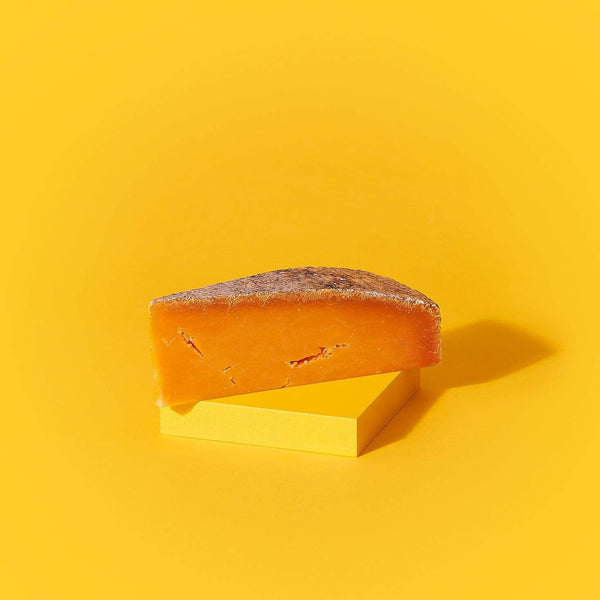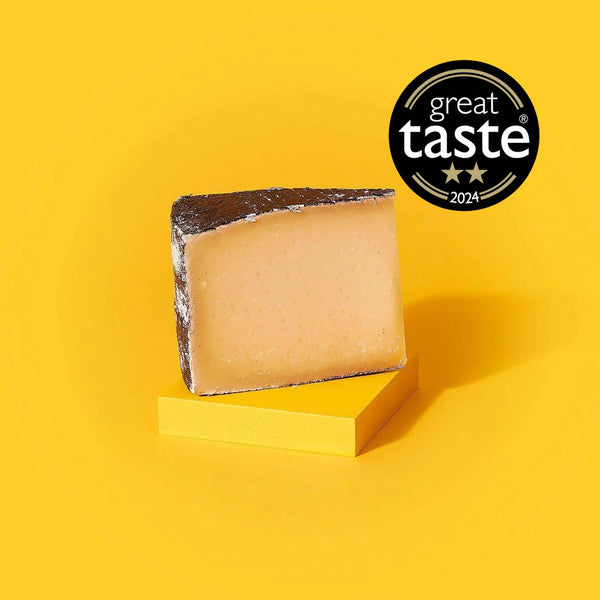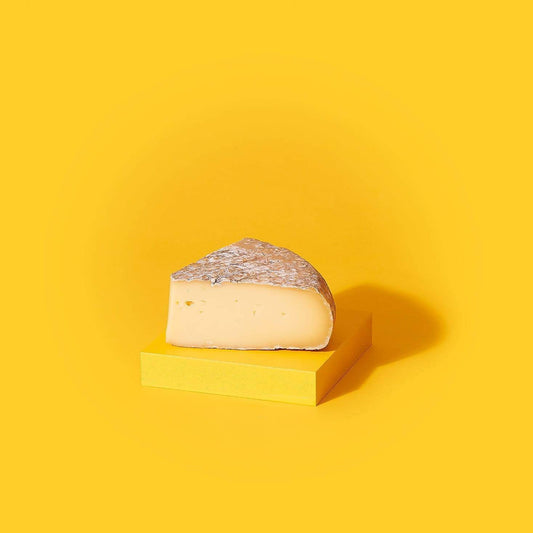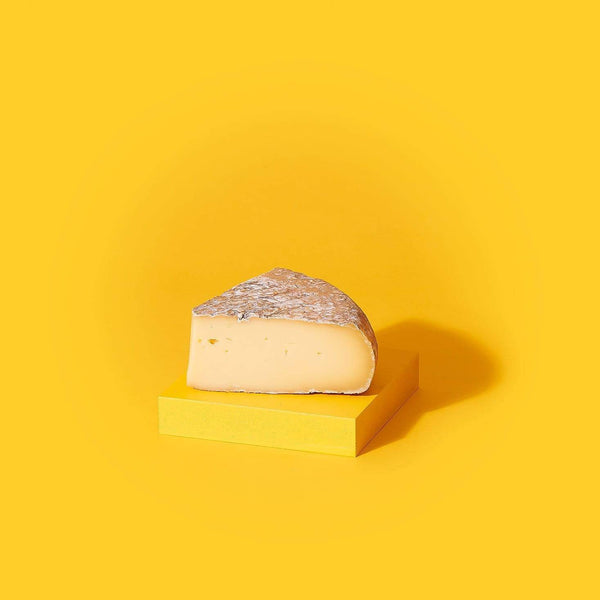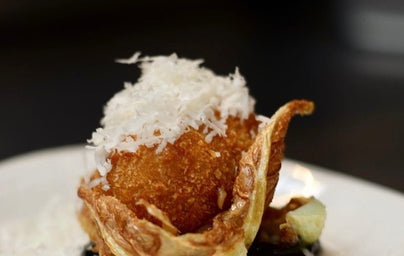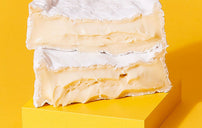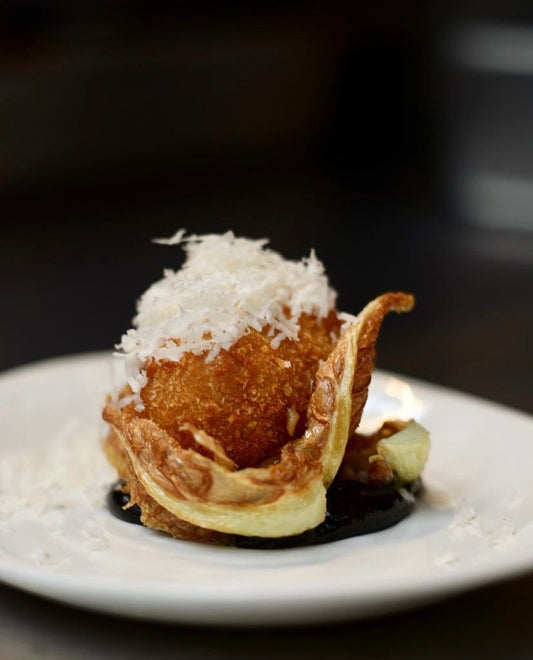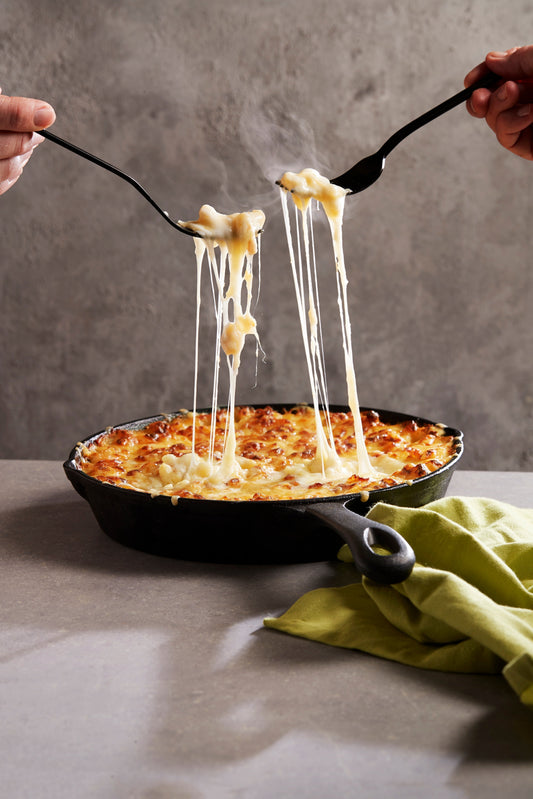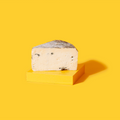Share
How cheese changes with the seasons
Yes! Cheese has seasons too! Just like fruit and veg, the flavour of cheese can completely change depending on the time of year. As the seasons change, so does the food on offer to our lovely cows, sheep and goats which in turn affects the flavour of their milk. The production of many fresh cheeses have to coincide with the milking cycle of the animals. Even the altitude of production can impact the taste of cheese. So here’s our geeky guide to the seasons of cheese...
Spring
Fresh goat and sheep cheeses are in their element in the spring. Herds will be let out and able to snack on fresh young grass and flowers giving cheeses a brightness and complexity. Sheep and goats have a shorter lactation cycle than cows so we typically see more of their cheese at this time of year. Around February, as they give birth, their first milk, colostrum, is not ideal for cheesemaking, but it’s the rich milk straight after that that is just so perfect for cheese.
Fresher cows cheeses such as Yarg also benefit from the new growth of spring...Garlic Yarg especially as the vibrant green leaves it is wrapped in are also in peak season.
We love to pair Golden Cross with jersey royals, broad beans and fresh mint to celebrate that spring has well and truly sprung.
Summer
The sun is out, flowers are blooming, the BEST time of year for producing incredible milk for cheesemaking. The lush, sundrenched plants fill the milk with butterfat and a richness that makes the cheese golden and creamy. But that’s not to say summer is without its challenges for an artisan cheesemaker. Too dry and the pasture becomes dry and the animals don’t produce as much milk. Too wet and the milk will have a higher water content and won’t be as creamy.
The good news is aged cheddars from the previous summer like Westcombe, Keens and Montys will be coming into their element. Contrary to popular belief, summer is also a great time for blue cheeses. We love bright and fruity numbers like Devon and Buffalo Blue this time of year, perfect to pair with fruit in a fresh summer salad.
A cheesegeek favourite is Ticklemore’s Devon Blue with peach, basil and cherry tomatoes.
Autumn
This time of year typically the goats and sheep stop producing milk. However, many clever makers have been able to stagger their herds so they can produce these cheeses all year round without resorting to commercial practices of using hormones or frozen curds...gross!
Extra mature cheddars are sublime in the autumn months. Vintage Lincolnshire Poacher has been ageing since last year's summer and is now deep and nutty. Blues like Shepherd’s Purse’s Northern and Cashel from Tipperary are creamy, rich and balanced. Soft cheese like Village Maid’s Wigmore is also fabulous in the autumn months as it's being produced with the last of the rich and buttery summer milk.
We love the heavenly pairing of vintage poacher and sweet peak season leeks in a buttery autumnal bake.
Winter
As the nights begin to get colder, the herds are brought in from the pastures and cheesemakers have to keep a close eye on their feed in order to maintain a high quality of milk. There are some traditionalists who will only eat cheese made from summer milk but here at cheesegeek we think all cheese is beautiful. Making cheese in the winter is challenging but that means the cheese produced will be full of TLC!
There’s a reason we love a Stilton at Christmas, it's the best time to eat it. It's been ripening since September, for about 12 weeks to be precise. Not only is this the sweet spot for Stilton, but that September grass is the famous ‘Second Growth’. Perfectly lush, sweet grass after the drier months, it makes for the perfect milk as the cows have adapted to being out on pasture all spring/summer...and perfect milk means perfect cheese! A cheesegeek alternative to Stilton is Stichelton, made using unpasteurised milk instead. All we want for Christmas is BLUE. Alpine cheeses such as Mont D’or also reach top oozy perfection after being produced from around September when the Montbeliarde cows have come down from their summer alpine pastures, producing less, but far richer milk...the ideal indulgence for the cold winter months!
What to do with the cheeseboard after Christmas? Start fresh after the excess of roasts with a salad of Comice pear, chicory, walnuts and that leftover Christmas Stilton crumbled atop...absolutely heavenly!
So there you have it Geeks, a whole calendar's worth of cheesy delights. Go forth and eat!!!

